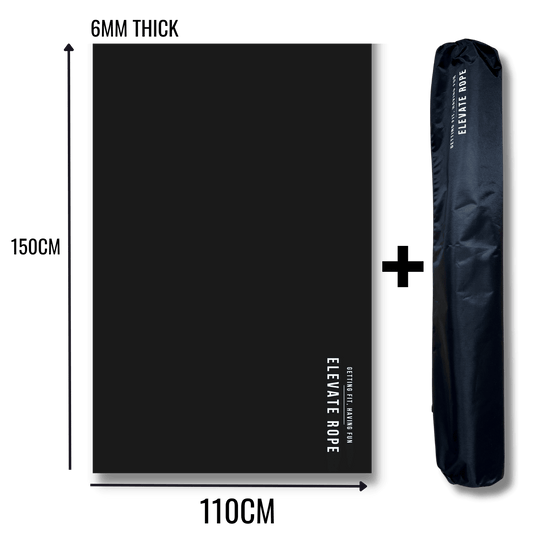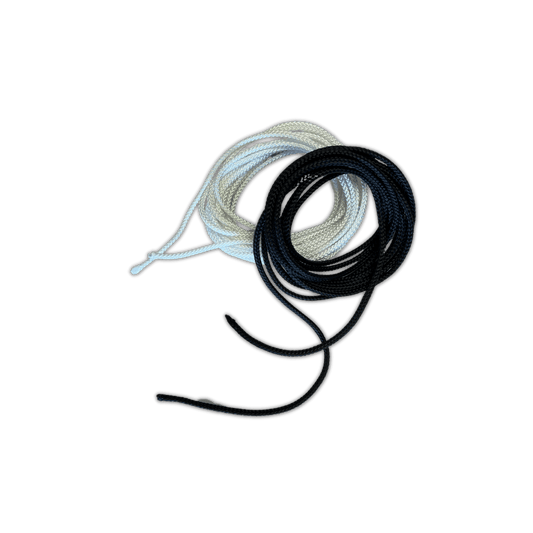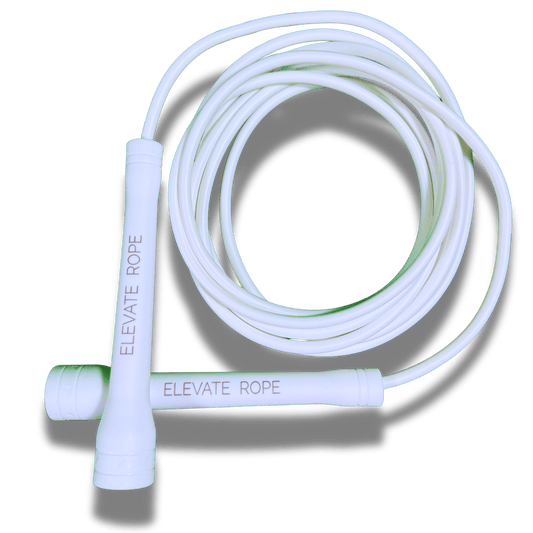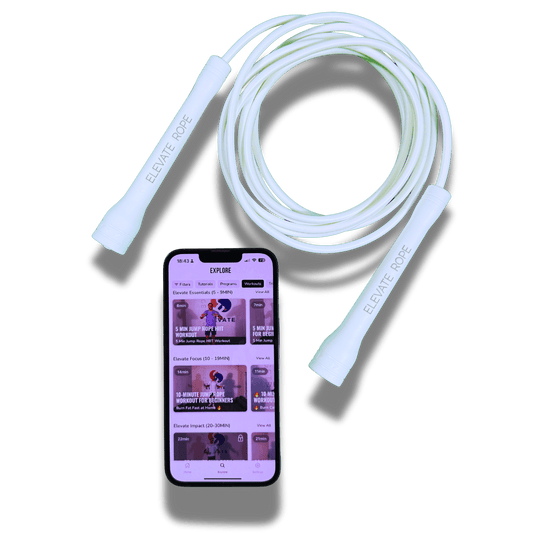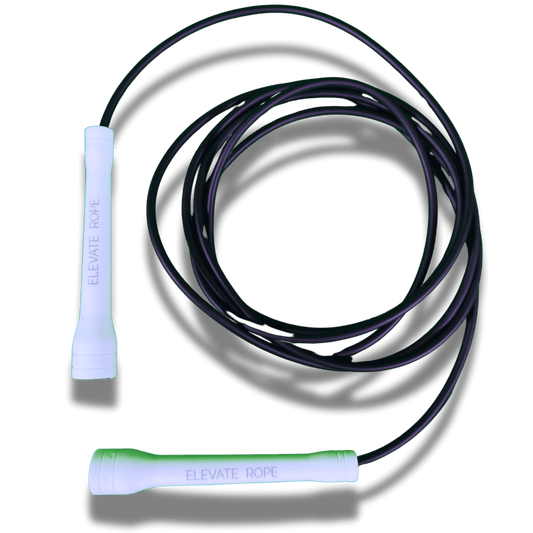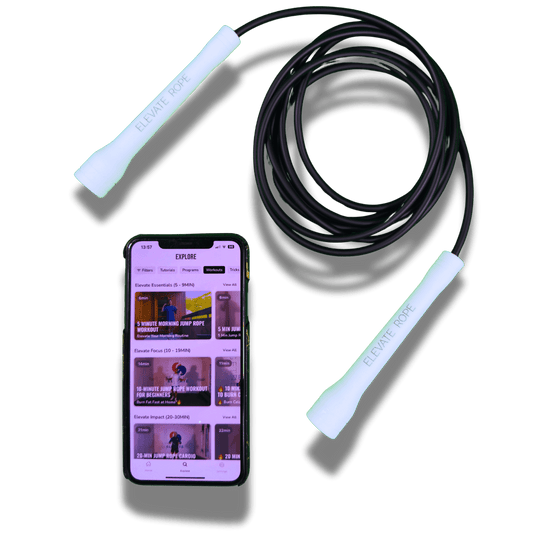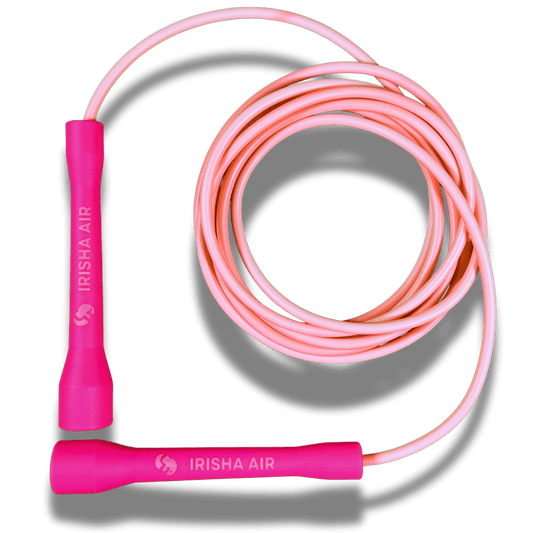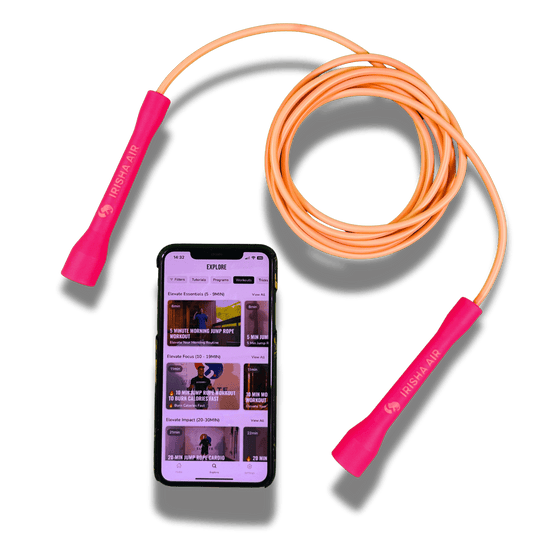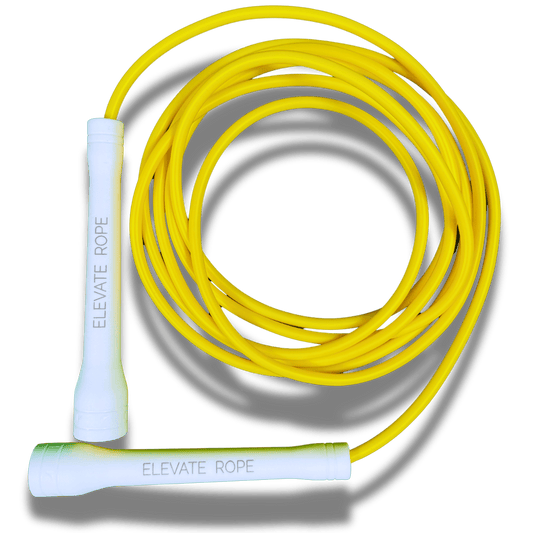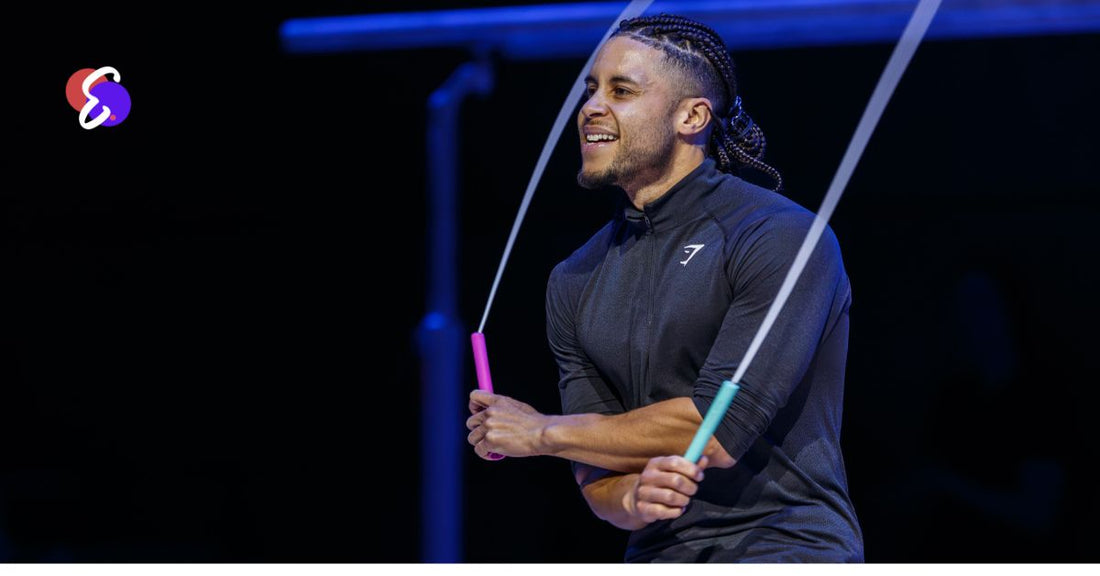How to Choose the Right Jump Rope Length for Your Height
Choosing the correct jump rope length is one of the most overlooked — yet essential — steps to improving your training. Whether you’re working on your double unders, perfecting footwork, or staying consistent with cardio, the right rope makes all the difference. This Jump Rope Length Guide shows you how to find your perfect rope based on height, avoid common mistakes, and upgrade your performance.
Key takeaway
The right jump rope length transforms your training — it boosts speed, control, and consistency. Don’t guess — use your height as a guide, test your rope properly, and choose adjustable gear that grows with your skills.
Why Jump Rope Length Matters. Rope length directly impacts how smoothly the rope rotates, how high you need to jump, and how well you can control your movement. A rope that’s too long will slap the floor and slow you down. One that’s too short may catch on your feet and cause frustration. The right length puts you in control — allowing efficient rotations, proper posture, and improved timing.
Recommended Jump Rope Length by Height
Use the chart below as a starting point to match your height with an ideal rope length:
| Your Height | Rope Length |
| Under 4'9" (145 cm) | 7'0" (213 cm) |
| 4'9"–5'0" (145–152 cm) | 7'6" (229 cm) |
| 5'1"–5'3" (155–160 cm) | 8'0" (244 cm) |
| 5'4"–5'7" (163–170 cm) | 8'6" (259 cm) |
| 5'8"–5'10" (173–178 cm) | 9'0" (274 cm) |
| 5'11"–6'2" (180–188 cm) | 9'6" (290 cm) |
| Over 6'2" (188+ cm) | 10'0" (305 cm) |

📝 Pro Tip: When standing on the middle of the rope, the handles should reach roughly your armpits.
Common Jump Rope Length Sizing Mistakes
Even with a chart, it’s easy to make mistakes that lead to poor training sessions. Let’s go over the most common ones — and how to avoid them.
1. Blindly Trusting the Chart
Height is a solid starting point, but it doesn’t account for arm length, posture, or jump style. Some people prefer a tighter, faster rope for speed, while beginners may benefit from a slightly longer rope for easier control.
2. Ignoring Rope Type
Different rope styles (speed ropes, beaded ropes, heavy ropes) perform differently at various lengths. A length that works for a lightweight speed rope might feel awkward on a beaded rope due to added drag and weight.
3. Not Adjusting When You Improve
As you become more skilled, you may want to shorten your rope to increase speed and control. Beginners often start longer and gradually cut down as their technique improves — but many forget to adjust!
4. Wrong Standing Test
Some people step too far forward or hold the handles at strange angles when testing jump rope length. The correct method? Stand with both feet in the center of the rope, pull handles straight upward — they should hit between your nipples and armpits.
Smart Tips for Selecting the Perfect Jump Rope Length

Now that you know the basics, here are some advanced tips to fine-tune your rope selection and set yourself up for jump rope success:
✅ Use Adjustable Ropes
Adjustable ropes allow you to test different lengths and dial in what feels right. If you're new to skipping or buying your first rope, go adjustable — it's the best way to grow with your skill level without needing a new rope every few months.
✅ Factor in Your Training Goals
- For speed and double unders, opt for a shorter rope that lands closer to nipple height.
- For freestyle tricks or dance-style footwork, a slightly longer rope gives you more room for arm movements and swings.
- For strength-focused training, heavier beaded ropes provide extra resistance, but need a slightly longer length to maintain a good arc.
✅ Check Your Form Before Blaming the Rope
If your rope is consistently catching on your feet, it may not be the length — it could be posture or wrist movement. Record yourself and check:
- Are your elbows tight to your sides?
- Are your wrists doing the work, not your arms?
- Are you jumping only 1–2 inches off the ground?
Fix form first, then adjust rope length if necessary.
Choosing the Right Rope for Your Training
If you’re serious about mastering jump rope, you’ll eventually want more than one rope type. Here are our top recommendations:
🔧 Adjustable Speed Ropes
Perfect for all levels, these are lightweight and allow quick adjustments as you progress. Ideal for learning timing and increasing speed without sacrificing comfort.
Try the Elevate Speed Rope MAX — built for beginners and pros alike, this rope adjusts easily and spins like a dream.
🔵 Beaded Ropes
Slightly heavier, these offer better feedback during each rotation, making them ideal for learning rhythm, tricks, or improving control. They also last longer and are less prone to tangling.
Explore the Elevate Beaded Jump Ropes - vibrant, durable, and great for freestyle or conditioning.
Final Thoughts
Choosing the right jump rope length isn’t just about convenience — it’s about performance. With the right rope in your hands and the correct length dialed in, your workouts become smoother, faster, and more enjoyable. Avoid the sizing traps, test your rope properly, and choose equipment that evolves with you.
👉 Ready to level up? Browse our adjustable and beaded ropes designed to grow with your training. Start your jump rope journey the right way — with the perfect rope length at your side.
